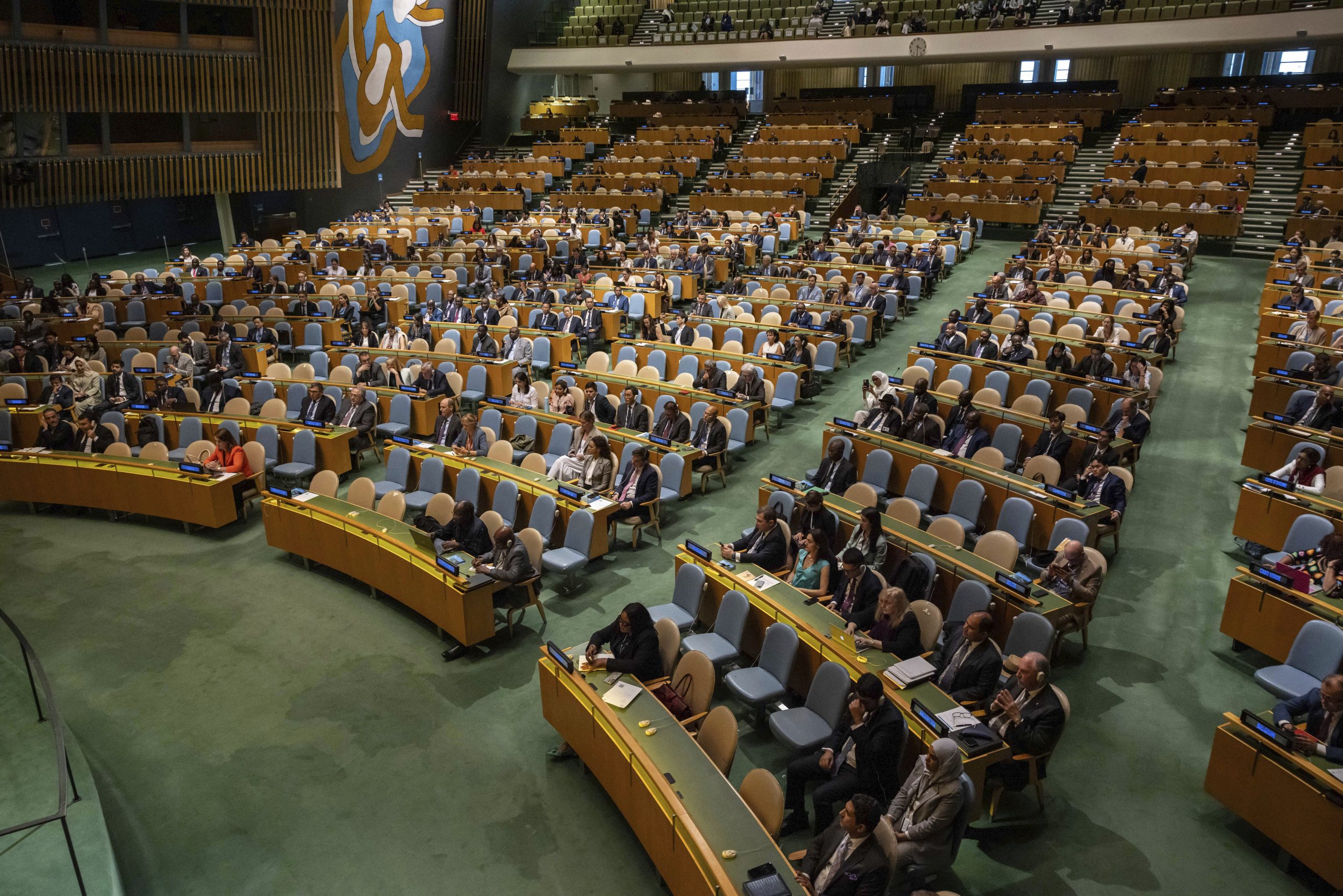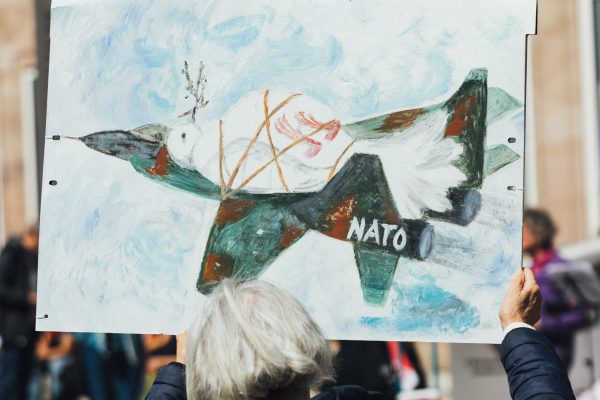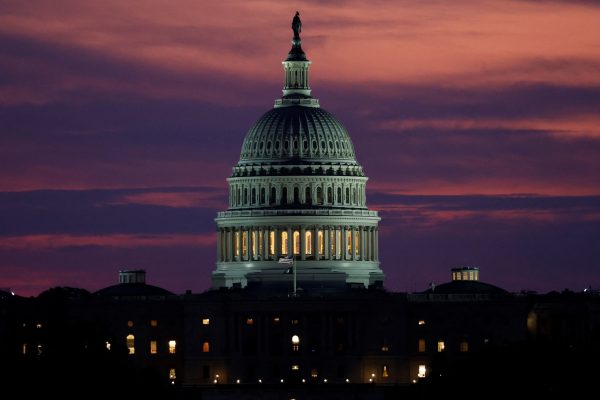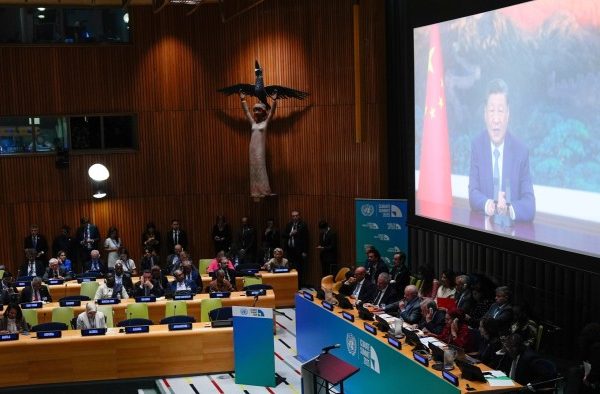United Nations General Assembly 2025 and a Shifting World Order

Each September, the United Nations General Assembly (UNGA) offers leaders a stage to frame their visions of the future. In 2025, the most striking image was not a speech but rows of empty seats. The optics told their own story: the UN’s legitimacy is fading just as the world order itself is fragmenting.
A Weakening UN
Several speeches underscored the institution’s decline. President Zelenskyy described the UN as “weak,” warning that drones and AI could drive a destructive arms race. Leaders from the Global South demanded reform, arguing that post-1945 structures no longer reflect today’s balance of power. Meanwhile, Western allies lamented paralysis in the Security Council, where vetoes still block solutions from Ukraine to Gaza.
Empty chambers signal something deeper: the UN is losing relevance. This trend aligns with our Defense & Tech Autonomy thesis, in which regional actors increasingly fill security vacuums.
Xi vs. Trump: Competing Narratives
Two speeches highlighted the global divide. Donald Trump dismissed climate change as a hoax, ridiculing multilateralism. In contrast, Xi Jinping pledged new emissions targets via video address, reinforcing China’s role in the Global Energy Transition.
Where Trump projected withdrawal, Xi positioned China as a responsible steward of global public goods. This divergence illustrates how climate policy is becoming a lever of geopolitical power — part of Beijing’s claim to leadership of the green economy.
What Comes After the UN?
If the UN continues to fade, what replaces it will not be a single body but a patchwork system. BRICS and the Shanghai Cooperation Organization are expanding and promoting RMB-based settlement, consistent with our RMB & Green Yuan strategy. Regional blocs such as NATO, ASEAN, and the African Union are stepping up, while ad hoc coalitions form around food, energy, and technology crises.
As Finland’s President Stubb observed, the emerging order will not be a single architecture but a fragmented system where legitimacy and capability migrate away from the UN.
The scenarios ahead
The UNGA images echo the futures we have mapped:
- In a Peaceful Transition, the UN retains enough credibility to remain universal.
- In an Engineered Crisis, institutions are weakened by deliberate disruption.
- In The Great Unwinding, the UN becomes a hollow stage, while China positions itself as stabiliser of a new order.
Final thought
The empty seats at UNGA 2025 are more than optics. They mark a world in transition — one where legitimacy is slipping away from the institutions built in 1945, and the contest is over who will shape what comes next.
You may also like

NATO-Russia Tensions and Self-Interest

US Shutdown – an Engineered Constitutional Crisis?

Leave a Reply